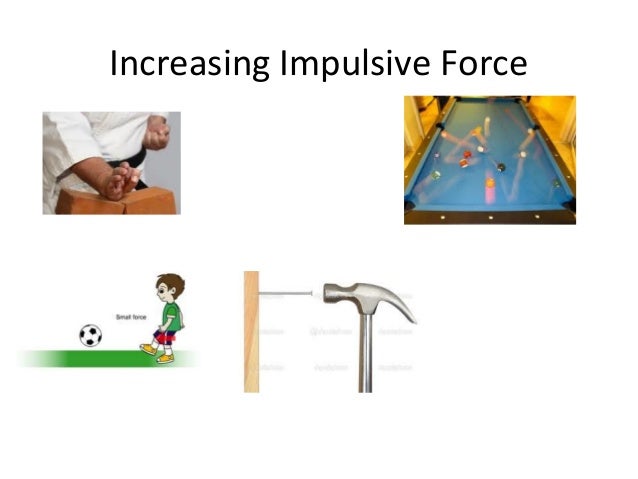

What that has to do with striking someone is: the more mass or velocity behind your kick the more momentum your kick has. P is the momentum, M is mass, and Velocity is the speed and direction of the object. Momentum is how fast and heavy an object is.

The force was zero because the car was not accelerating. What was the force of that massive impact? The problem with using the force equation to measure punching power is that if your fist is moving at a constant speed, no matter how fast, your force is zero.Ī 1 ton car moving at a constant 100 MPH hits a brick wall. Meaning that Force is defined/calculated by multiplying an objects mass by its acceleration (Change in speed). With the latter maybe being the less obvious!įorce is an influence that causes a still body to accelerate. When we talk of a punch or a strike, the obvious aspects of physics are Force, Momentum and Impulse. With this in mind I have decided to research a bit further in what it means to throw an effective strike and try to understand the science behind it.įirst of all let’s understand the science. This was often a result of over thinking the movement. During practice it was evident that often too much tension was present throughout the body, namely through the back and shoulders, during the jab or tension in the hips and lower back during a low kick. We can actually use the momentum equation to determine vertical jump heights, barbell heights, and outcomes of pretty much any movement.In recent lesson’s we have discussed the fundamentals of foot work and body composition when throwing an attack, with our examples being the jab or a low kick, with an emphasis on being relaxed during the application.

The impulse equation can be used to determine the change in momentum, which means it can tell you how much objects slow down, as well as speed up. Depending on the training goals you may want to emphasize one method over the other. The first method used an increase in force and the second relied on an increase in time a lesser force was being applied. However, the method of accomplishing the task was done in two different ways. In both situations thee athlete meets the requirements to stop his momentum. Now in order to stop this momentum we can use one of two methods… So, our momentum right before ground contact is 100kgs * 4m/s = 400m/s/kg. Lets an athlete performing depth jumps and he weighs 100kgs and upon landing he is moving at 4m/s. Lets look at how this applies in a real life example. We can either increase the force expressed on the left or we can increase the time (on the left) that the force is being expressed. This formula tells us that we can use one of two methods for changing momentum (right side of the equation is unchangeable in this example). MVf-MVi is a representation of the change in momentum. The above formula has some benefits from an analysis perspective. When mass is constant (not changing) we can use the equation above, however, if mass is changing you can simply multiply mass by the velocities, so it will look like this below. Step 2: Move the “time” underneath the change in velocity to the force side of the equation via multiplying each side by time. By multiplying each side by “time”, the “time” on the right side of the equation will be canceled out Step 1: Break down the acceleration formula from the force equation into its velocity pieces. The steps to get the impulse equation are as follows: The equation itself is derived from the Force equation (F = MA) Impulse is a very important equation to understand for optimization of performance.


 0 kommentar(er)
0 kommentar(er)
